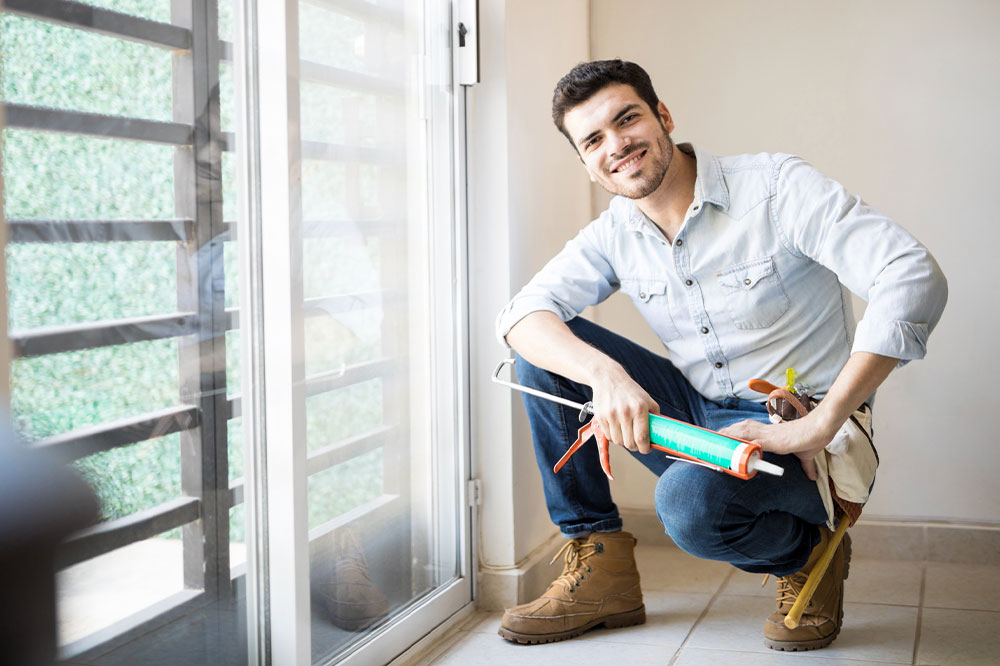A quick look at common types of photography equipment
Photography is an art that can only be materialized through different equipment. Further, the right camera and photo equipment can help you capture beautiful moments with precision and the kind of artistic touch you desire. Photography has become immensely popular in the last few years, leading to the introduction of various devices that suit every photographer’s needs and style. Here are a few popular cameras and other kinds of gear used by photographers:

Popular types of camera
SLR (or single-lens reflex): An SLR camera has a movable mirror behind the lens and a prism system that helps the photographer view the exact image of what will be captured through the lens. When the photographer presses the shutter button, the mirror is flipped so the light passes straight to the receptor for the image to be captured.
DSLR (or digital single-lens reflex): A DSLR camera also comes with a mirror and prism system and is one of the most common cameras. DSLR combines a digital imaging sensor with the optics and mechanisms of an SLR. The advantage of this camera is that it comes with a wide range of accessories and interchangeable lenses.
Bridge camera: This device is a compromise between a “point & shoot” camera and cameras with interchangeable lenses. It comes with a fixed lens and smaller image sensors. A bridge camera offers advanced features like manual control to change shutter speed and the ISO.
Mirrorless camera: Categorized as a compact camera, this does not have the internal mirror and prisms (optical viewfinder) that reflect light onto the sensor. However, they can capture high resolution and record ultra HD videos.
Action camera: Action cameras are known for their advanced shooting features and miniature size. An example of an action camera is the GoPro, which can fit in your palm and record while you move, run, or dive. These cameras can be easily attached to objects like selfie sticks, bicycles, and helmets. You can even use them underwater to shoot your adventures.
Instant camera: The biggest advantage of using this camera is that it gives you a physical copy of the image the instant it is captured. These devices would be most beneficial for weddings, group photography, outdoor shoots, and family gatherings.
360-degree camera: If you want to capture panoramic photos and videos, a 360-degree camera can be a great option. These devices can make a full-circle panoramic shot by utilizing their back-to-back lenses. Similar to action cameras, a person can mount 360 cameras on different objects for a virtual reality-like experience.
Smartphone camera: This is among the most popular camera and photo equipment. This camera has evolved to capture high-quality pictures and videos. Most high-end phones also offer options to mount external devices on the lenses.
Additional gear
Apart from the camera, you may need accessories to ensure you get the best quality images and videos. Here are additional camera and photo equipment that you may need:
Tripod: These accessories support your camera and are designed to mount cameras in a stable way and adjust their position based on the shot you want.
Gimbal: A gimbal is a pivoted support device that ensures you get smooth and stabilized footage (may include up/down, sideways, forward/backward, and roll stabilizations) from a moving camera.
Lenses: You should have camera lens options to get different shots. The most common lenses are the standard lens, wide lens, telephoto lens, and macro lens.
Lighting equipment and reflectors: External lighting equipment and reflectors are essential for professionals to control light conditions for the shot. Reflectors help redirect the light toward the subject.
Extra batteries and battery Charger: You should carry a camera battery and a battery charger for your camera, especially when shooting in extreme conditions. This is because the weather may drain the battery quicker than normal. External devices like flash units can also lead to quicker battery drains.
Memory cards: You should carry an additional SD card other than the one in the camera, especially when planning long trips. Opt for one that offers large storage space to hold high-resolution photos and videos. The ideal range is 16 GB and above.
External flash: The camera’s built-in flash might not be enough for all kinds of shots. Invest in an external flash unit such as a Speedlight that you can attach directly to the camera’s body.
Filters: Filters are attached to the front of the camera. They are used to protect the lens, alter the light, and decrease reflections in an image, among other purposes.
A camera bag, a camera cleaning kit, and color correction cards are examples of the important camera and photo equipment you should carry. The choice of gear can vary depending on the purpose; for instance, a wildlife photographer might need different equipment than a sports photographer.




